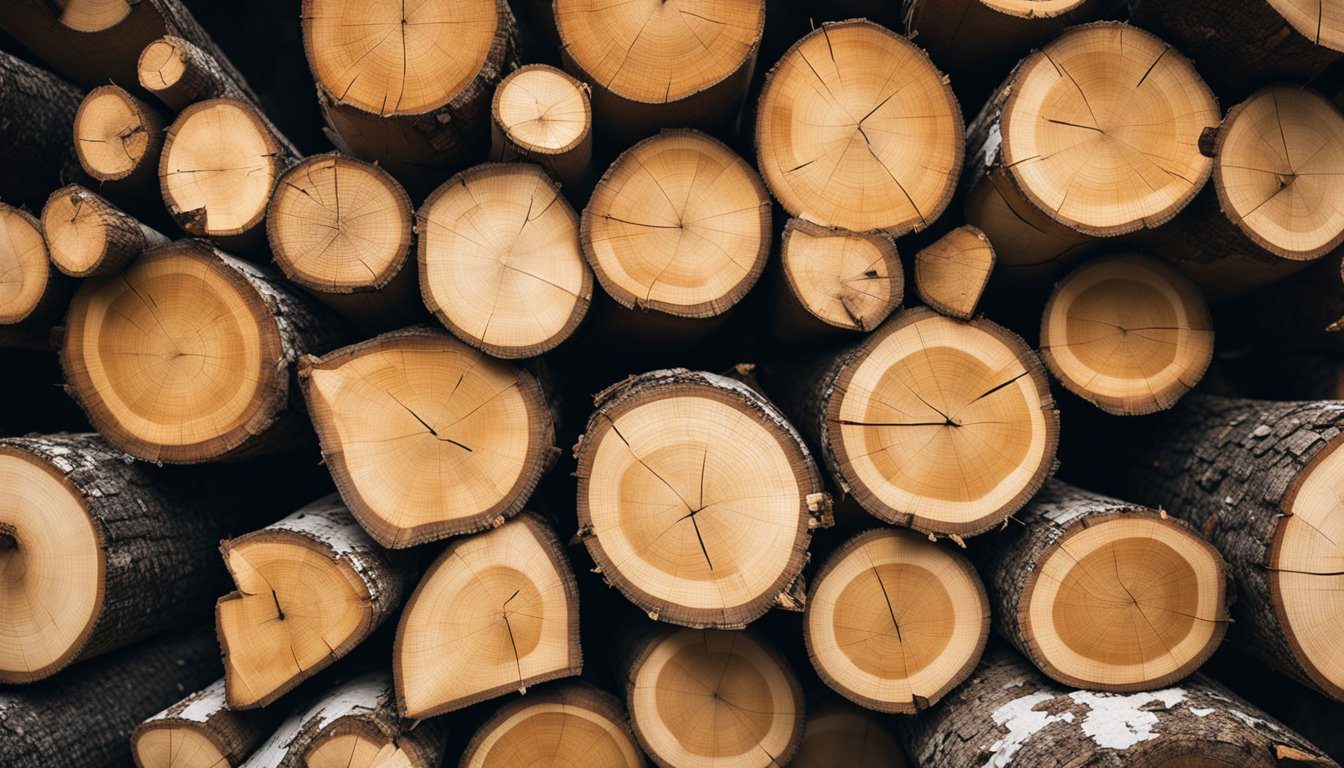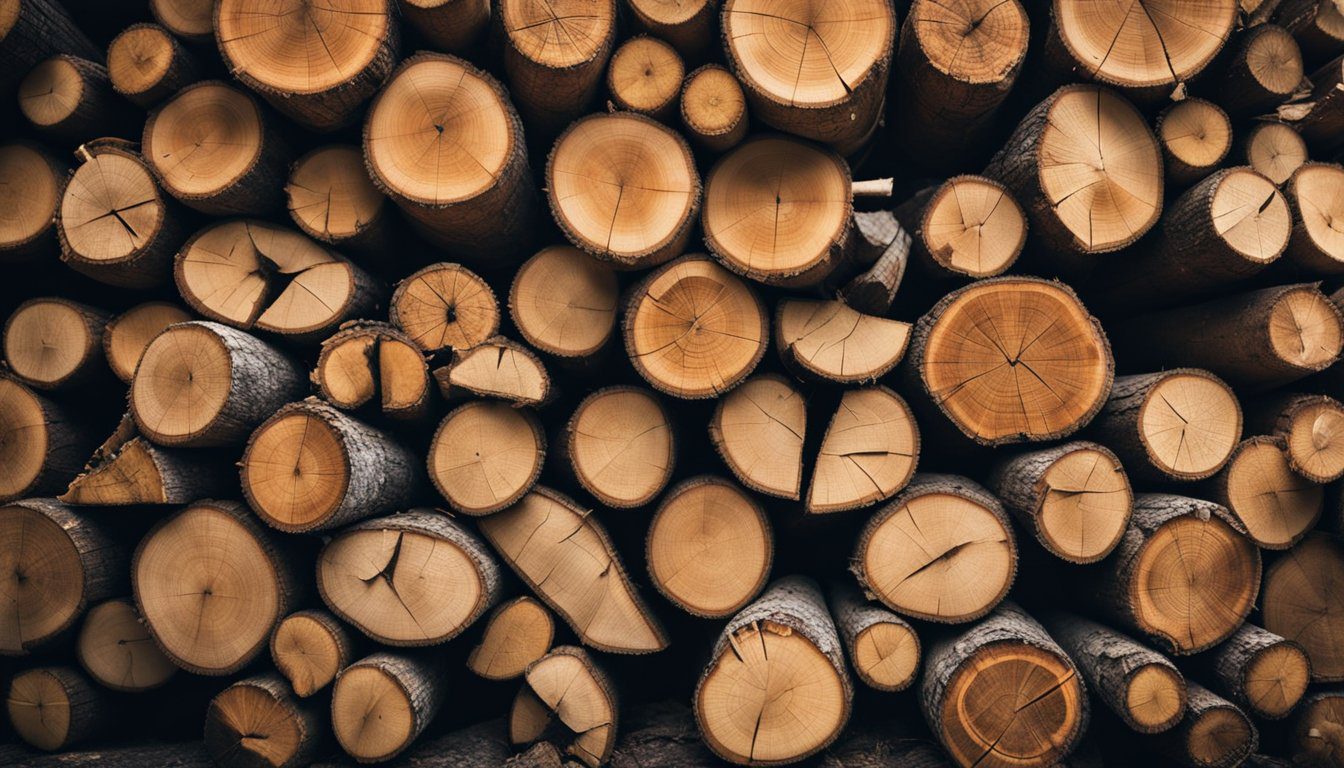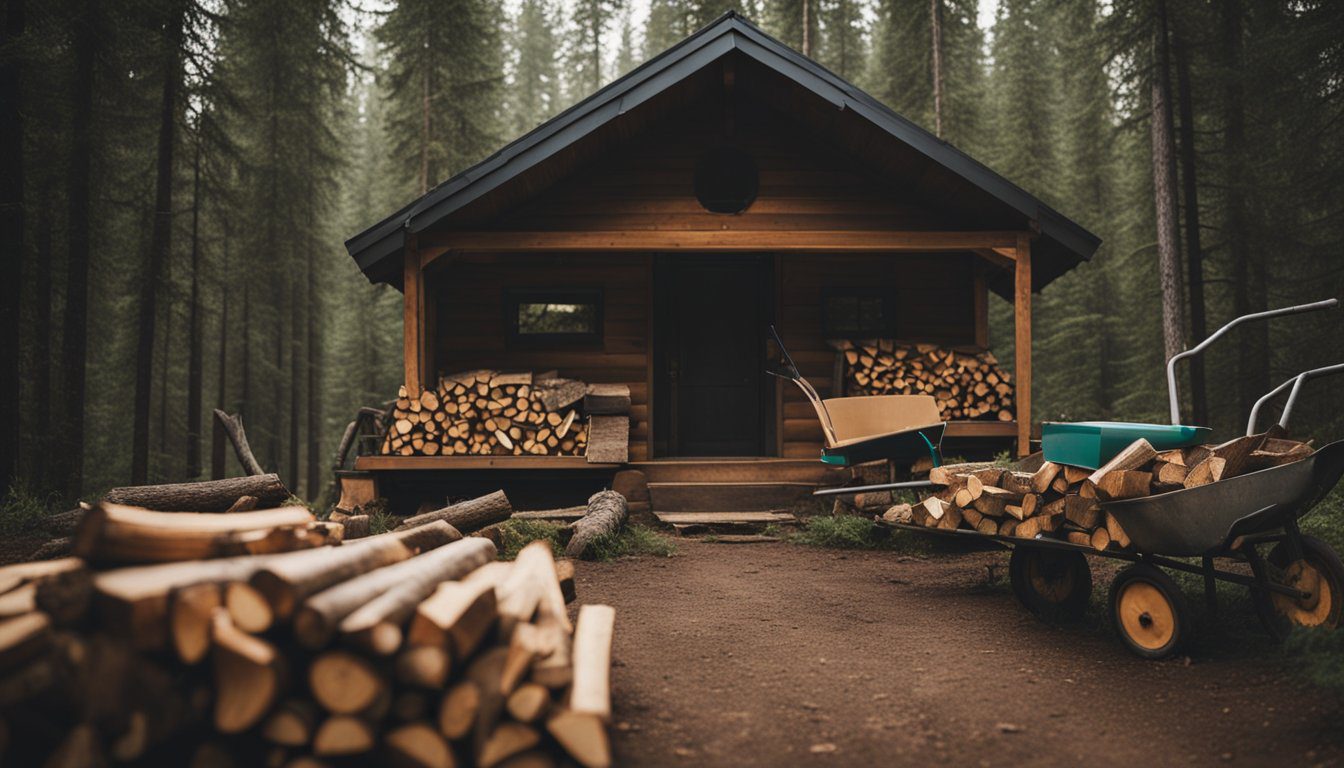4 Factors to Buying Great Firewood: Tips for a Cozy Fire
When I think about buying firewood, I want to make sure I get the best quality for my time and money. Great firewood makes all the difference in keeping a fire going strong and warm. It’s not just about picking up logs; it’s about knowing what to look for when shopping.
The right firewood can make your time around the fireplace much more enjoyable by providing efficient heat and a long-lasting burn. That’s why I always focus on understanding the key factors that contribute to good firewood. Knowing these can help avoid any unexpected surprises and ensure cozy evenings by the fire.
Kiln-Dried Oak
I love using kiln-dried oak for my fires because it burns cleanly and efficiently. This type of firewood has a moisture content of less than 20%, which makes it ideal for a strong, consistent burn.
The kiln-drying process not only reduces moisture but also eliminates pests and mold, making it a great choice for any fireplace or wood stove.
2) Split Birch Logs

I love using birch logs for my firewood. Birch burns slowly and gives off plenty of heat, which is perfect for keeping warm. One of the best things about birch is how easily it splits. It makes the whole process a lot more manageable for me.
When I split birch, I notice it also dries pretty quickly. That means I can have my firewood ready for use earlier than some other types. Plus, birch wood has a unique aroma when burned, adding a nice touch to my fires.
3) Seasoned Maple
I always make sure to choose seasoned maple when picking firewood. It offers a nice balance between heat output and ease of use. When maple wood is properly seasoned, it burns efficiently. This means I get more heat and less smoke, which is ideal for a cozy fire.
Hard maples, like sugar maple, provide high heat. They can produce around 24 to 27 million BTUs per cord. They’re a reliable choice for any fire. On the other hand, soft maples are easier to handle and season faster. Both types have their unique benefits, so it depends on what I need from my firewood.
Hickory Firewood

Hickory firewood is one of my top picks for a cozy fire. It’s a dense wood that burns hot and provides plenty of heat. A single cord of hickory can release about 28.5 million BTUs, which is quite impressive.
I like how long it lasts. Because it burns steadily, I don’t have to replace logs as often. This means I can enjoy my fire without constant tending.
One thing to keep in mind is that hickory can be a bit tough to split. It’s worth the effort, though, because once you get it going, it creates a beautifully warm fire.
Understanding Wood Types

Choosing the right firewood can make a big difference in how well your fire burns. Key factors include whether the wood is a hardwood or softwood and the type of tree it comes from. These details impact everything from how long the firewood burns to how much heat it gives off.
Hardwoods Versus Softwoods
In my experience, hardwoods are often your best bet for a long, hot fire. Hardwoods like oak and maple are dense, meaning they contain more material per square inch. This lets them burn hotter and longer compared to softwoods. They’re perfect for cold winter nights when you’re looking to keep the fire going.
Softwoods like pine and spruce can be useful too, especially if you need a quick, hot flame. They ignite quickly, making them great for starting fires. But be careful with softwoods—they burn fast and may leave more residue. For those who are using a wood stove, softwoods can help get things going quickly, but you’ll end up needing more wood to keep the fire at a steady burn.
Common Firewood Species
Knowing the typical firewood species can help guide your choice. Oak, for example, is a popular choice because it burns slowly and produces consistent heat. Oak is quite dense, which allows for a long combustion period.
Maple is another great option. It burns hot and clean, leaving behind minimal ash. Then there’s Hickory, known for its high heat output and pleasant aroma, making it ideal for both burning and cooking.
For those who need a quick fire starter, Pine works well. Even though it burns fast, it is abundant and easy to split. Remember, each species of wood has its own unique qualities. Choosing the right one can give you the fire experience you’re searching for.
Moisture Content And Seasoning

When buying firewood, moisture content and seasoning are key factors. Moisture affects how efficiently wood burns, and proper seasoning ensures wood is ready for use. Let’s take a closer look at these topics.
The Importance Of Seasoning Firewood
Seasoning refers to drying firewood to reduce moisture. Freshly cut wood, or green wood, can have moisture content between 30% and 60%. High moisture makes wood hard to burn, producing more smoke and less heat. Seasoning helps lower moisture to an ideal range of 15% to 20%.
By seasoning firewood, it burns hotter and produces steady heat. To season wood, I stack it properly, allowing air to circulate. I keep the wood off the ground and cover it to protect from rain. Typically, wood can take six months to a year to season.
Proper seasoning makes all the difference in getting the most out of firewood. It creates a clean and warm fire, while unseasoned wood might make fires unpleasant, producing more creosote in chimneys.
Identifying Properly Seasoned Wood
Identifying seasoned wood helps me make smart purchases. One way is to check the weight. Seasoned wood is lighter than green wood. I often see cracks on the ends of seasoned wood, indicating moisture has evaporated.
Using a moisture meter, I aim for readings below 20%. Many meters use color codes: green for moisture up to 15%, and red for over 20%.
The sound test works too. I knock two pieces together, listening for a crisp sound. Seasoned wood lacks the musty odor of green wood. Knowing these signs helps me buy quality wood, ensuring efficient and enjoyable fires.
